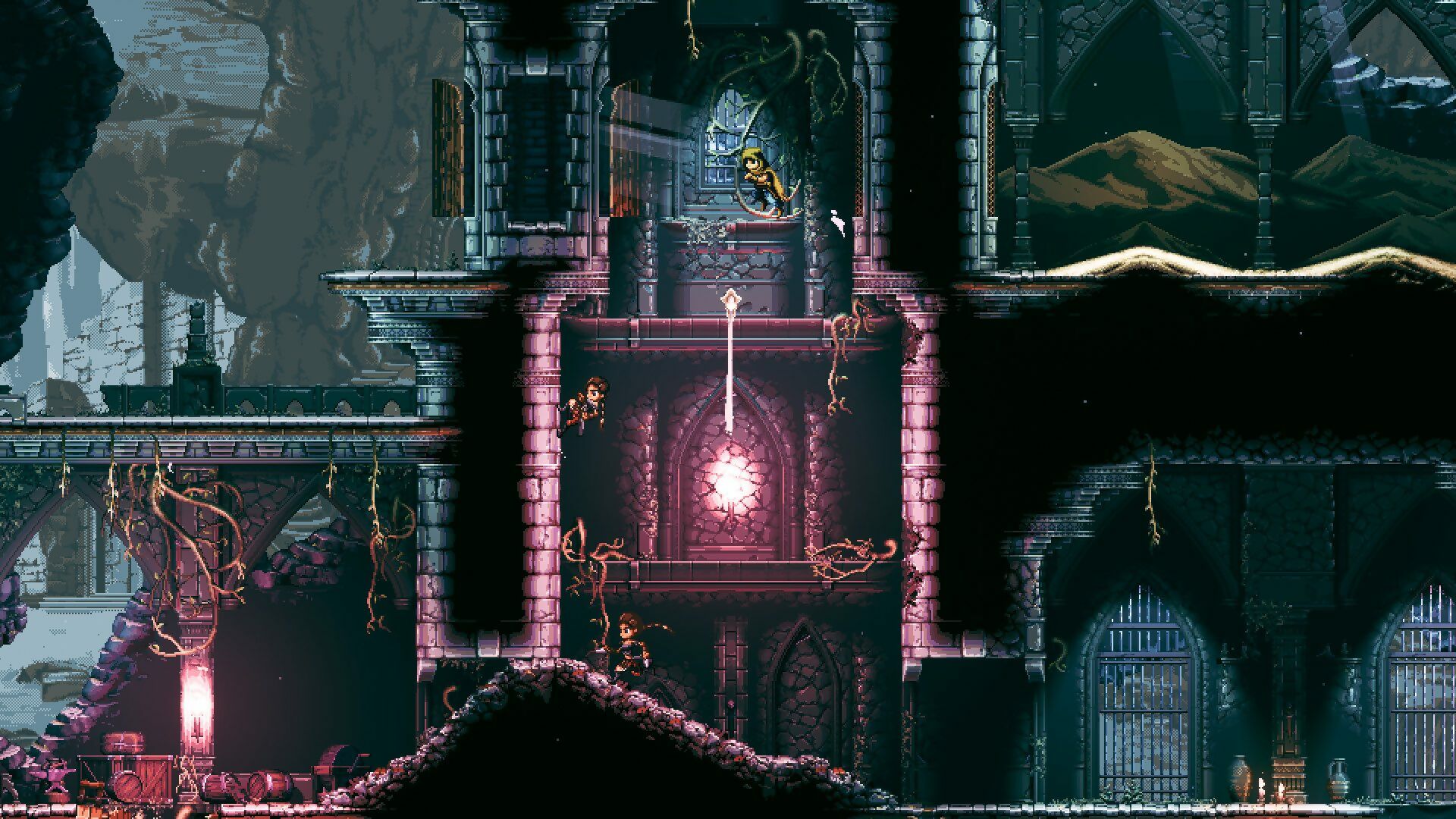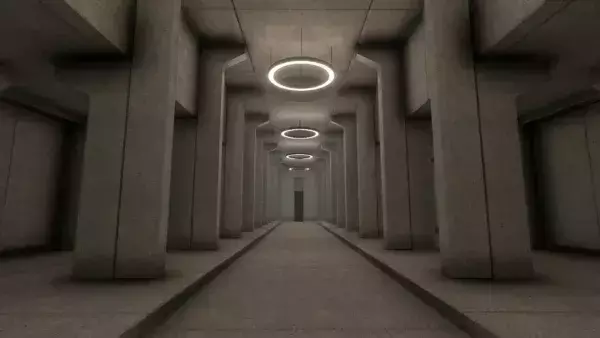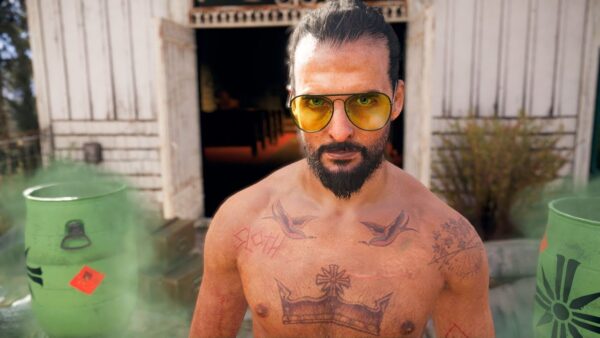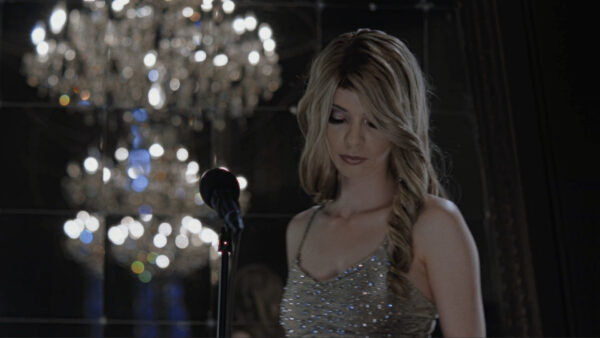
Developer Cardboard Sword’s upcoming Metroidvania The Siege and the Sandfox is shaping up to be the sneakiest genre entry yet.
Whereas most 2D Metroidvanias have players digging down in search of an adventure, The Siege and The Sandfox sets itself apart by forcing its titular, ill-fated protagonist to set their sights upwards. Cast out into the caverns below after being falsely accused of assassinating the ancient city’s king, proving your innocence means clambering up through the labyrinthine depths, evading enemy patrols, and mastering a generous suite of smooth parkour abilities. It’s also one of the dustiest genre entries we’ve seen from the indie scene yet, not only contributing to the game’s overall aesthetic, but also reinforcing the developer’s intention to prioritise stealth over combat. You are an assassin, after all.
“There’s no killing,” says Olly Bennett, chief executive officer at Cardboard Sword, in reference to the palace guards you’ll regularly be confronted with. “You can knock out some enemies. But if they’re encountered by their friends, they’ll wake them back up again. There are certain environmental scenes and situations where you can remove threats through these options, and there are also some enemies that are not necessarily fully alive, that can be removed through other sources and are encountered later on in the game’s story.”

Doing away with combat entirely feels perfectly in keeping with the rules of this fictional world based around princes and paupers, as it encourages players to calculate their decisions in a more subtle manner. The Sandfox isn’t equipped with any lethal weapons, for instance, while enemies (supernatural and otherwise) frequently are. You’re constantly kept on the back foot as a result, have to use smarter tools like wall running, smoke-bombs, and sliding to outwit your foes. So committed to making this the ultimate stealth Metroidvania experience is Cardboard Sword, the game has been designed to be completable from start to finish with absolutely no kills.
“It’s our intention to do what we call ‘ghosting’,” Bennett explains. “It’s literally going through the game without anyone knowing that you were ever there. In 2D it’s very difficult to get that because you’re so restricted by dimensions. But we want the player to feel like they’re this sneaky-sneaky Batman assassin.” Getting through scenarios unseen, of course, becomes easier the more abilities you gain, yet it’s still a challenge reserved only for the most committed. Fortunately, as the environments and areas you explore grow more complex, so will the various ‘stealthvania’ opportunities given to you.

Pulling you into the world is an attractive 16-bit art style and dimly lit colour palette, both of which recall old-school Prince of Persia. It’s even more impressive when you consider that this is Cardboard Sword’s first-ever pixelated game, having started out as a hobbyist project for one of the studio’s recently hired artists. “Before they joined us and started working on this, they were making spaceships in Elite Dangerous, but they always wanted to make a pixel art game,” Bennett reveals. “We saw the art and said, ‘This is stunning’.” Lighting proved equally as important to the game’s overall vibe, too, again requiring extra effort as the usual automatic solutions weren’t providing decent enough results. “We literally hand-painted all of the tiles, so it’s been given that extra layer of quality,” says Bennett. “It’s really rich and useful.”
Said detail is hoped to make moving through this world a delight. Because although there’s a distinct absence of traditional conflict, The Siege and The Sandfox retains a lot of the genre’s typical hallmarks – including a certain degree of backtracking. Getting to and traversing newly opened areas need never feel like a chore, though, thanks to the Sandfox’s silky smooth moveset. Most of which players will already be well-versed with due to how vital a role they play in avoiding and evading patrolling enemies.

“You’ll notice there’s a range of movement mechanics and they’re quite unorthodox,” admits Bennett. “But once you get used to it and become familiar with the game, everything becomes a lot smoother. You start to notice places that you sort of wrote off thinking you couldn’t get to before, but then you realise, ‘Oh, actually, I could have got there, I just didn’t realise I could do that’. So that is part of the Metroidvania loop, backtracking and finding other routes back into locations where you’ve previously been.”
So, the cavernous undercity of The Siege and The Sandfox offers more than enough style, substance, and intrigue to get Metroidvania fans excited, despite a sharp emphasis on stealth and the fact you’ll be traversing up rather than down. Not to mention how the prospect of completing a no-kill, unspotted “ghosting” run should prove all too tempting for the most hardcore. As Bennett concedes: “The idea of doing a 2D stealth game hasn’t been done much.” Why not, therefore, try and flesh the concept out fully?





